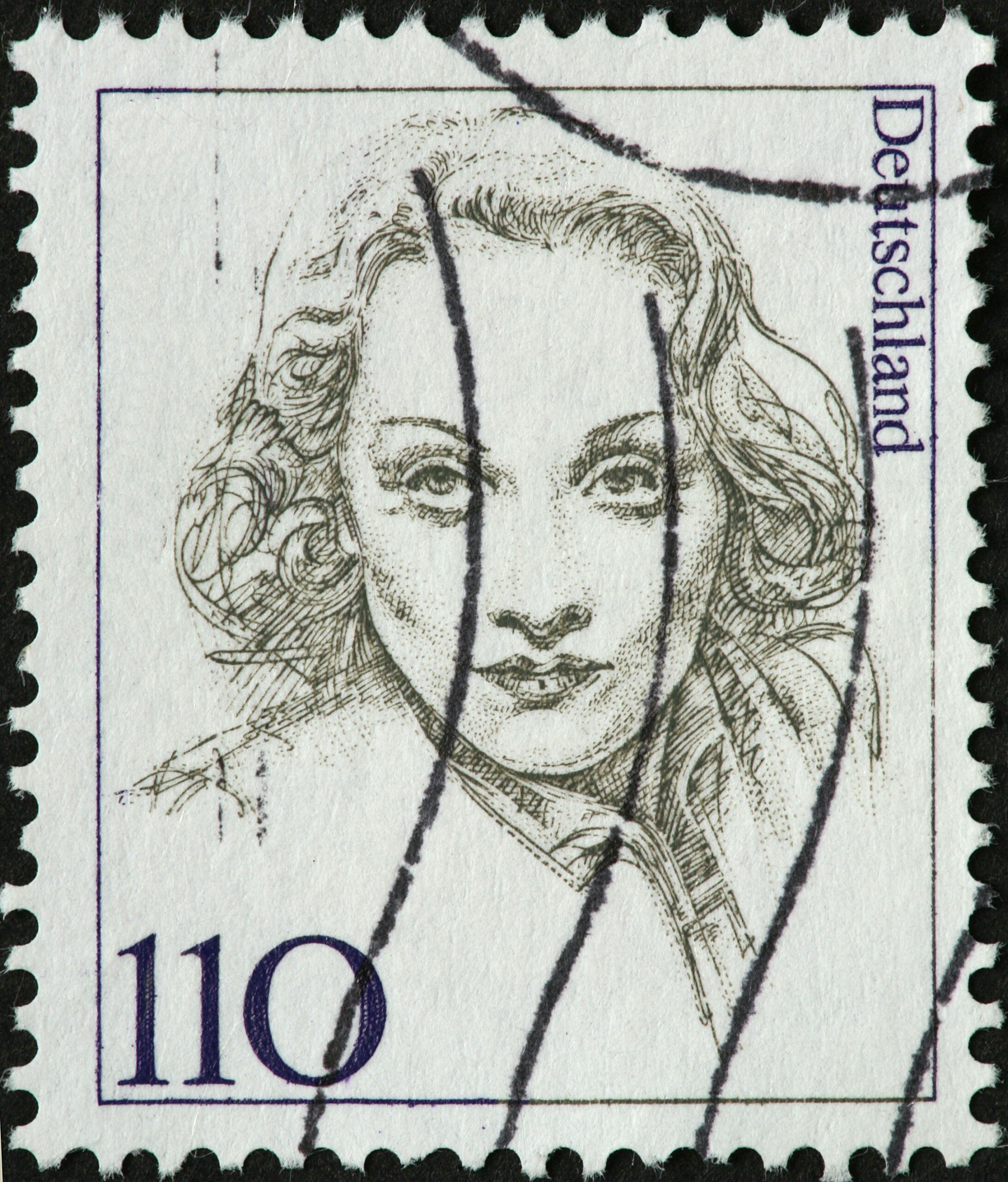Marlene Dietrich, one of the most famous German actresses and singers of the 20th century, was born in Schöneberg on 27 December 1901. She spent her childhood and youth in Schöneberg and began her career as an actress and singer there.
In the 1920s Marlene Dietrich began her career at the theatre in Berlin. She appeared in various plays and quickly made a name for herself as an actress and singer. Her breakthrough came in 1930 with the leading role in the film “The Blue Angel”, which also became a great international success.
In the 1920s, Schöneberg was a centre of cultural life in Berlin and a meeting place for artists, writers and intellectuals. During the Second World War and the National Socialist era, Marlene Dietrich left Germany and went into exile. She worked in the USA and supported the Allies in the fight against Nazi Germany. After the war she occasionally returned to Germany, but often only performed abroad.
Marlene Dietrich is now considered one of the most important artists of the 20th century, remembered not only for her art but also for her political commitment and attitude towards National Socialism. Marlene Dietrich remained connected to her birthplace Schöneberg. She occasionally performed in Germany and also visited Schöneberg. Here, various memorial plaques and places commemorate her.
Marlene’s attachment to Schöneberg is evident in two of her best-known songs:
Ich hab noch einen Koffer in Berlin
„Ich hab noch einen Koffer in Berlin
Der bleibt auch dort und das hat seinen Sinn
Auf diese Weise lohnt sich die Reise
Denn, wenn ich Sehnsucht hab, dann fahr ich wieder hin“
“I still have a suitcase in Berlin. It stays there and that has its purpose. That way the journey is worthwhile, because when I’m longing, I’ll go there again”.
Source: Musixmatch
Songwriter: Aldo Pinelli
Song lyrics of Ich hab’ noch einen Koffer in Berlin © Chappell Und Co Gmbh Co Kg
The song “Das war in Schöneberg” is from the operetta “Wie einst im Mai”.
It was written in 1913 by the composer Walter Elimar Kollo.
„Das war in Schöneberg
Im Monat Mai.
Ein kleines Mädelchen
war auch dabei.
Das hat den Buben oft
Und gern geküsst
Wie das in Schöneberg
So üblich ist“
“That was in Schöneberg in the month of May. There was also a little girl. She kissed the boy often and happily, as is the custom in Schöneberg.”
Source: www.deutsche-lieder-online.de



